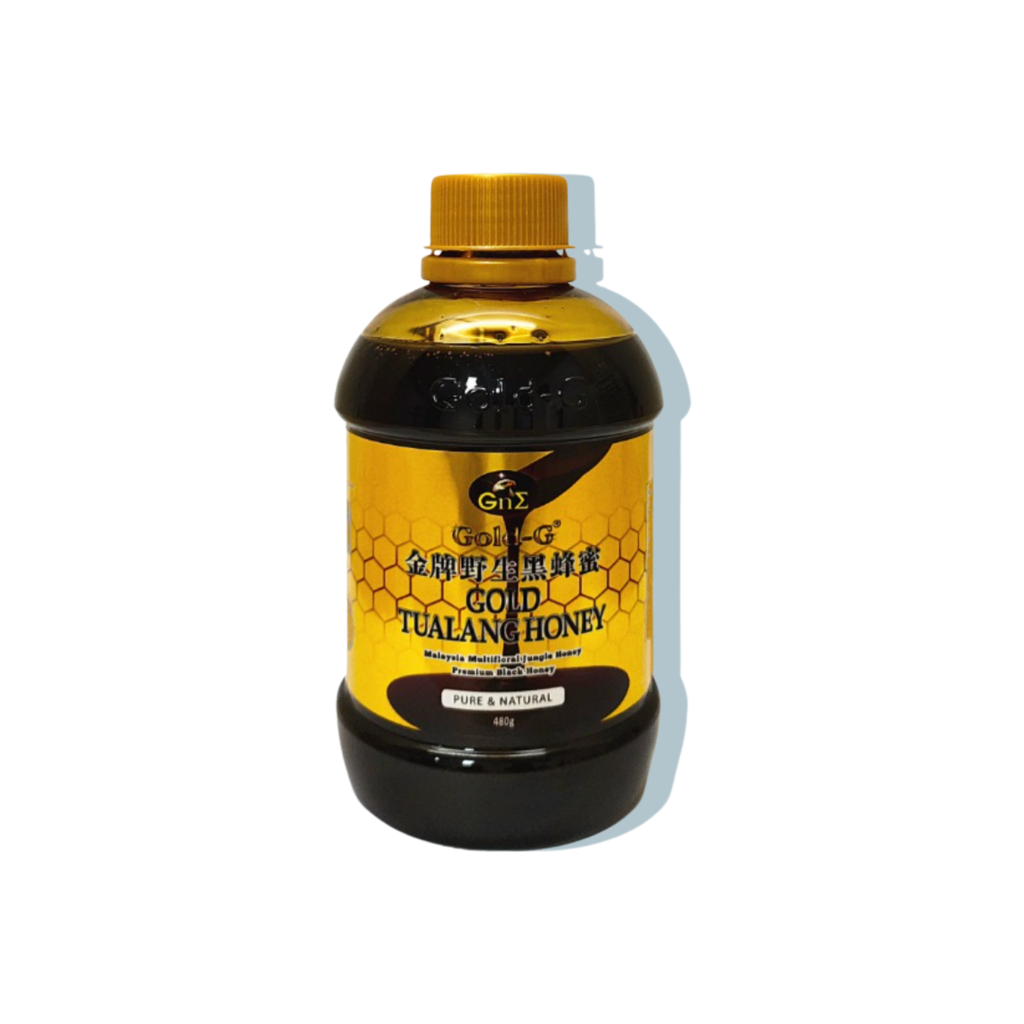Constipation is a common condition of difficulty in defecation, less than three bowel movement a week, or having hard, dry, lumpy stools and painful bowel movement. Constipation is not a disease, it is a condition that may happen on anyone at any age, which may last for a short or long time. However, constipation is more common in women, older adults, and in any individual with lower physical activities or a sedentary lifestyle. The frequency of bowel movement can differ from person to person, where some people may have a bowel movement every day and some have three to four bowel movements in a week.

Signs and symptoms
- Less than three bowel movements a week.
- Stools that are hard, dry, or lumpy.
- Straining to have a bowel movement.
- Feeling painful when stools pass through the bowel.
- Feeling incompletely empty the stools from the bowel.
Causes
- Not drinking enough water or dehydration
- Insufficient fiber intake
- Lack of exercise
- Pregnancy
- Medications & Illness
- Gastrointestinal disorders
- Travel or change in routine
Preventions and management
Drink plenty of water every day. When the food passes through the digestive tract, the water and nutrients contained in the food will be absorbed. The longer the time for the food to stay in the digestive tract, the more water will be absorbed. Hence, it causes the stools to become dry and hard, which might cause difficulty to empty the bowel.
Increase fiber intake. Dietary fiber is an indigestible component that will add bulk to the stools and increase the efficiency of bowel movement. Dietary fiber intake more than 25g per day may help to reduce constipation. However, consume too much fiber in a sudden might cause excessive gas and bloating, you may increase fiber intake by 5g per day until reaching the recommended intake. Besides consuming fiber supplements, you can eat more fruits and vegetables, whole grains, beans, seeds, and lentils to increase your fiber intake.

Consume probiotics. Probiotic is the live microorganism that provides health benefits, especially for the digestive system. Bifidobacteria and lactobacilli are the examples of probiotics that help to improve and restore gut flora, lower the pH in the colon, and increase bowel movement. There are several foods that contain probiotics can be the alternates for a probiotic supplement, such as yogurt, kimchi, tempeh, kombucha, miso soup, etc.
Bowel training. Having a regular bowel movement at the same time every day and empty your bowel when you feel the urge may help to reduce constipation. The colonic activity is greatest after a meal or after the walk. Hence, try to develop a habit to empty your bowel in the morning after a 10 minutes’ walk or after having your breakfast.
Regular exercise. Increase physical activity level and exercise regularly might help to improve bowel regularity. Sedentary life has a higher risk of constipation and it is one of the risk factors of several chronic diseases.
Consume laxative food. Foods that provide laxative effect can be the alternatives for the OTC laxative drugs. The examples of laxative food are:
Green kiwi: Green kiwi contains 2-3g dietary fiber per 100g, and contains actinidine, which is a protease enzyme that can stimulate the upper gastrointestinal tract motility. Consumption of green kiwi might help to soften stools and increase defecation frequency.
Prune: Prune is a dried plum, which is high in fiber content, fructan, and sorbitol, which can help to stimulate bowel movement and increase defecation frequency.
Chia seed and flaxseed: Both chia seed and flaxseed are rich in dietary fibers, omega 3 fatty acids, and contain mucilage, which is a soluble fiber that can add bulk and soften stools, stimulate bowel movement and ease defecation.
Aloe vera: Aloe vera is well-known for its anti-inflammatory and wound healing effects, it is also efficient for reducing constipation. It contains anthraquinone glycoside and aloin which can improve constipation by stimulate bowel movement and increase the consistency of stools.
Raw honey: Honey may have a mild laxative effect for individuals with insufficient absorption of fructose content in honey. Honey is extremely high in sugar content, while its’ fructose content is slightly higher than glucose. Fructose which is less readily absorbed in the intestinal tract causes the laxative effect after consumption.
GNE Gold-G® Health Food Series:
Gold-G® Gold Tualang Honey
Tualang honey is a raw honey harvested from Malaysia’s tropical rainforest. It is 100% pure and natural without undergo any additional treatment, hence it retained natural friendly bacteria, propolis, pollen grains, phytonutrients, phenolic acids, and flavonoids. Besides natural taste and aroma, Tualang honey has higher nutritional value and stronger therapeutic effects than processed honey!
Tualang honey possesses anti-microbial and anti-inflammatory effects, which could effectively reduce inflammation, strengthen immunity, and decrease the risk of inflammatory diseases.
Gold-G® Bio Sea Cucumber
Gold-G® Bio Sea Cucumber is one of the health supplement containing high concentration of sea cucumber (Stichopus variegatus) extract. Sea cucumber is rich in pharmaceutical active components that provide beneficial health effects, such as peptides, fucoidan, saponin, omega-3 fatty acids and mucopolysaccharides. These components provide anti-inflammatory effects and potentially protect against several inflammatory diseases, such as arthritis, dermatitis, gastritis, etc.
Also, there is researchers suggested that sea cucumber can be applied for the treatment of H. pylori. Sea cucumber fucoidan has gastric protective and inhibitory effects on gastritis and gastric ulcers. Besides, it was found to increase the number of bowel movements and stool frequency.
Click the link below for direct purchase.
References
- National Institute of Health, USA Gov. (2018). Constipation [online]. Available at: https://www.niddk.nih.gov/health-information/digestive-diseases/constipation. [Accessed 1/3/2019].
- Cleveland Clinic, (2015). Constipation [online]. Available at: https://my.clevelandclinic.org/health/diseases/4059-constipation. [Accessed 1/3/2019].
- Bae S.H., (2014). Diet for Constipation. Pediatric gastroenterology, hepatology & nutrition, 17(4), pp 203-208. Available at: https://www.ncbi.nlm.nih.gov/pmc/articles/PMC4291444/. [Accessed 2/3/2019].
- Hsieh, C., (2005). Treatment of Constipation in Older Adults. Am Fam Physician, 72(11), pp 2277-2284. Available at: https://www.aafp.org/afp/2005/1201/p2277.html [Accessed 2/3/2019].
- Aliasghari F., Rad A.H., Motayagheni N., et al. (2016). Application of laxative foods in prevention and treatment of constipation. MOJ Process Technol., 2(4), pp 145-146. Available at: https://medcraveonline.com/MOJFPT/MOJFPT-02-00045 [Accessed 5/3/2019].
- Foster M., Hunter D., Samman S., (2011). Evaluation of the Nutritional and Metabolic Effects of Aloe vera. In: Benzie IFF, Wachtel-Galor S, editors. Herbal Medicine: Biomolecular and Clinical Aspects. Boca Raton: CRC Press/Tayler & Francis. Available at: https://www.ncbi.nlm.nih.gov/books/NBK92765/[Accessed 5/3/2019].
- Bogdanov S., (2017). Honey in Medicine: A Review. Bee Product Science, pp 1-28. Available at: https://pdfs.semanticscholar.org/e01f/b197bbdf626f45399b0c567bacc849eb3798.pdf [Accessed 6/3/2019].
This website does not provide medical advice. The content of this website, such as graphics, images, text and all other materials, is provided for reference and educational purposes only. The content is not meant to be complete or exhaustive or to apply to any specific individual’s medical condition. Always seek the advice of your doctor or other qualified health provider regarding a medical condition.






